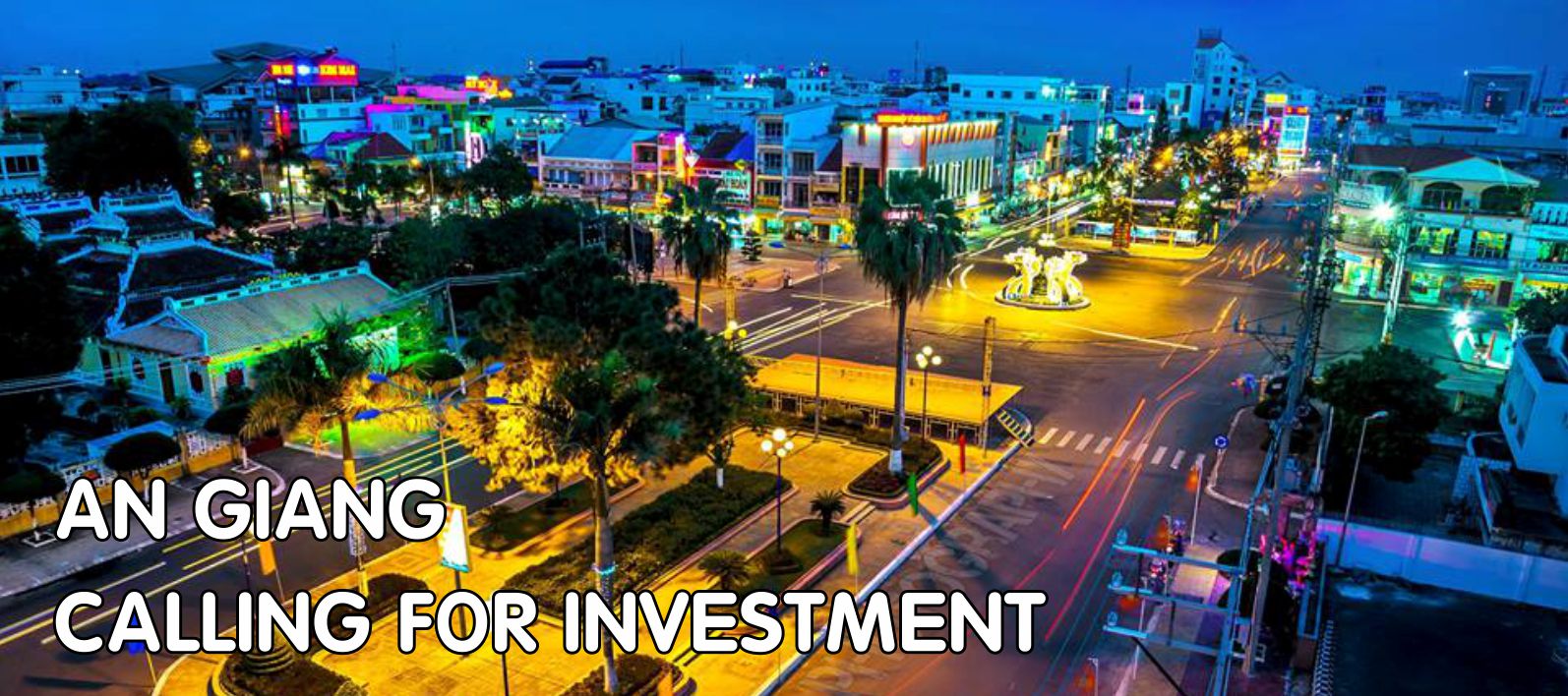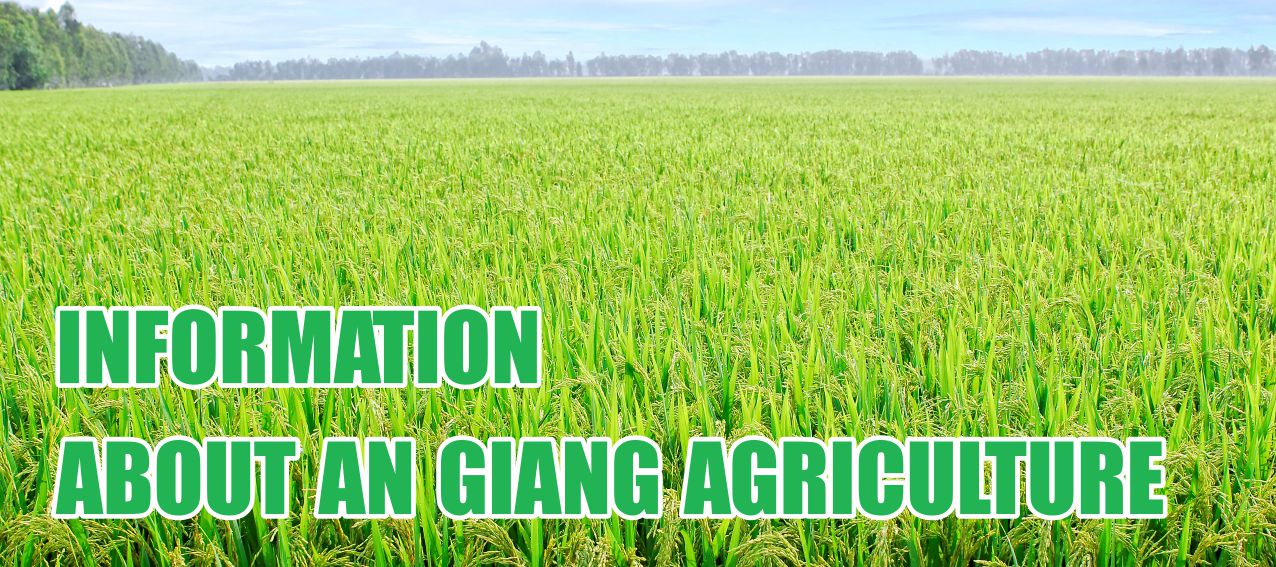The income of rice growers is lower than that of those cultivating other crops, they can not enrich themselves from rice… According to Prof.Dr. Vo Tong Xuan – Rector of Can Tho South University, An Giang needs to overcome its existing problems in rice production towards agricultural production to ensure food safety and enrich farmers.
As the granary of the whole country, from 2010 to present, An Giang has stabilized rice production area of about 600.000 ha/year, and reached a yield of nearly 4 million tons of food/year. An Giang’s rice production has diffciculty in rice-export competition, especially rice comsumption and export output of enterprises. Currently, the rice market of An Giang has exported to 45 nations worldwide, with an annual average output of 500.000 tons, but the price is often lower and tends to decline.Through accounting economic effectiveness, rice production is hard for farmers to reach a profit of 30 million VND/ha.
Prof.Dr. Vo Tong Xuan – Rector of Can Tho South University stated that: in recent years, rice in the province is always full of hardships with many reasons as 76% of households that are now growing rice constantly face severe weather, therefore the price is high, excess of supply over demand, low-quality rice…that is why farmers cannot enrich themselves from rice. The thing he is most concerned about is that most farmers lack capital, management skill. There have not been high-quality rice varieties; science and technology are not thoroughly applied; rice is traditionally cultivated; farmers use plant protection chemicals wrongly, on the other hand, traders mix rice with paddy or low-quality rice to sell on the market.
Mr.Le Duc Thinh, Vice Director of the Bureau of Cooperative Economy and Rural Development said: Among purely agricultural households in An Giang, there are around 80% households under the level of technical and economic development, cultivation land on a small scale with the average of 0.7ha-8ha/household, fragmented production area; the process of land accumulation is slow, not many households applying science and technology in rice cultivation while enterprises have no connection with farmers that own an area of under 1 ha/household. “Large field” is the best solution but now the “sample field” is the choice.
The limitation is that agricultural products of An Giang almost reach the top price, besides, the influence of climate change is becoming more and more severe. Although over 30 rice varieties are planted, there are no varieties being able to resist droughts, salinity, pests in bad weather conditions; There are only nearly 20% of rice output with the product comsumption contracts, 80% remaining that farmers sell in the fields are through traders. Today more than 30 businesses inside and outside the province have participated in exporting rice although only Loc Troi Corp. made its brand name. Meanwhile, farmers are still using low-quality rice varieties from other provinces to re-process for export.
The orientation of rice development in An Giang till 2020 determined that rice is the staple of the province. An Giang has firmly built a region for rice production measuring 22.000 ha, with management and quality check for the entire Mekong Delta region, some areas nationwide and Cambodia. A specialized region for sticky rice cultivation of 80.000 ha (taking up 32% of the total cultivated area of the entire province) associating with enterprises at Long Xuyen Quadrangle such as Chau Phu, Chau Thanh, Thoai Son and Phu Tan Isle; creating products of high added values from rice.
The system of cooperatives and cooperative groups have been built and reinforced in order to create the close linking chain between businesses and rice growers, to expand the linking model of Large Field combined with manufacturing, purchasing, processing, comsuming for better quality, value, low price, to restore and develop the specialized region of Nang Nhen, Mua Noi in the two districts Tri Ton, Tinh Bien according to the linking chain towards joining high-class markets.
Mr. Le Duc Thinh, Deputy Director of the Bureau of Cooperative Economy and Rural Development stated that to achieve the above-mentioned goal, it’s necessary to extricate problems of policy mechanism in rice production and trading in An Giang at present. The government needs to assist An Giang in the issue of particular policies, supporting agricultural cooperatives, in which capital and land for production premises are the two hardest problems for businesses and cooperatives, therefore, there should be policies for small firms to approach commercial capital with low interest rate. He also emphasized that many policies are issued but overlapped, lacking resources. Some policies are issued with low effectiveness, for instance, the policy on annually purchasing rice for temporary storage is unspecific to apply; The procedure for disbursing capital is complicated so the ability to approach capital is limited; establishments or businesses that take part in the explicit linking chain need to have supportive policies on taxes; A breakthrough policy is a decisive factor in developing this special product of rice.
An Giang should plan the annual rice production area, in which there should be a main region for production with the best ecological conditions, specialized regions, planned regions together with the focus on rice quality. Production planning towards increasing high-quality rice cultivation, rice for highly economic value. Farmers should be instructed to select the key varieties to sow owning high and similar quality, yield so as to build the brand name, impulse the development of the model of production linking chain, consumption and encourage businesses to invest and link closed production areas.
Mr.Nguyen Van Thao, Vice Chairman of An Phu People’s Committee, An Giang Province stated 20 years of experience deploying rice production towards biological and organic safety, cleanliness in An Phu. However the planting area is not much, the result brought from this process is very high, farmers constantly gain a high profit of over 30 milllion VND/ha/crop. Mr.Thao said: the state should issue preferential policies on land accumulation, on propaganda for raising awareness, encourage farmers actively change their thoughts and apply the advances of science and technology in rice cultivation to reduce costs, increase incomes. The focus on choosing and studying rice varieties to meet the market demand, regular information updating on barriers and quality standards of each market will help farmers and businesses deal with the production and trading field.
If only the restrictions have been solved, An Giang Province meets the requirements and orientations, growing rice sustainbly and stably in the coming time.
Source: angiang-sweden.com
- Họp thành viên lần I/2020 CLB Mekong PC (26/02/2020)
- INVITING THE PROGRAM OF STUDY, SURVEY AND PARTICIPATING INTERNATIONAL AGRICULTURE EXHIBITION IN OCTOBER 2019 IN JAPAN (02/07/2019)
- Invite to The International Trade Fair in An Phu – An Giang 2019 (26/06/2019)
- INVITING THE PROGRAM OF SURVEYING CANADA AND LA HABANA INTERNATIONAL FAIR- FIHAV 2019 IN CUBA (21/06/2019)
- Invite to Trade and Industry Festival of The South Region 2019 in Ba Ria – Vung Tau (20/06/2019)
- Supporting for Enterprises: The order and procedures for the establishment of new company, subsidiary company and representative office in Kingdom of Cambodia (20/06/2019)
- Banks and Enterprises connected with each other at the meeting “Cafe doanh nhan” (18/03/2019)
- Inviting enterprise participates in development investment cooperation and trade promotion forum for Vietnam food industry (09/09/2018)
- Philippines' House lifts import cap on rice, approves tariff system (16/08/2018)
- Thai rice offered at lowest price in Iraq buying tender (15/08/2018)






